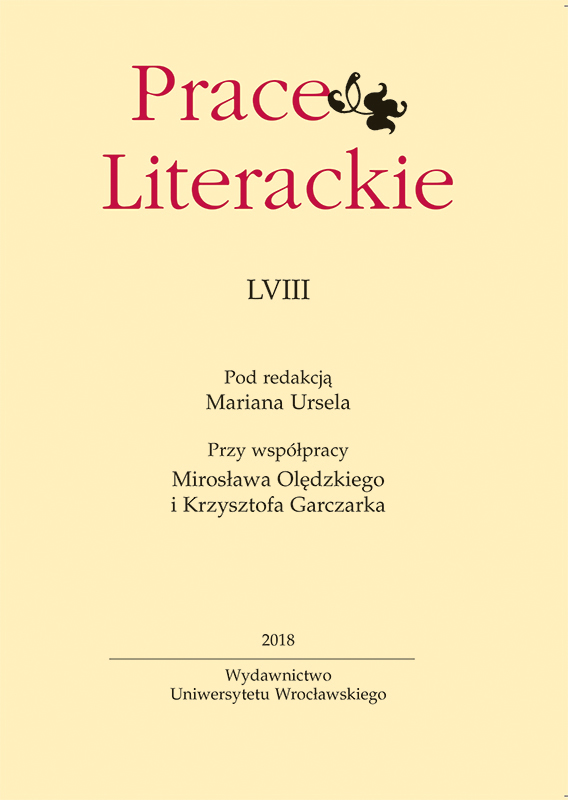Abstrakt
The subject of the article is the issue of genre classification of the writings of Kazimierz Sar-necki, who was a permanent agent of the Deputy Chancellor of Lithuania Karol Stanisław Radziwiłł, at the court of Jan Sobieski III.
Sarnecki’s main task was to obtain information about what was happening around the monarch — above all his state of health and all the other matters, even of the lowest importance.
Incarrying out his assigned tasks, Sarnecki kept a diary which, at intervals of about a week, he sent to his principal along with a separate letter. In it, he reported on his own activities, answered questions, and supplemented information that he did not record in the diary. They were two separate texts written independently but he sent them in one package. He used two different names to de-scribe them (diary and letter).
Researchers of old Polish literature, however, were looking for a term that would allow Sar-necki’s entire preserved output to be given one name.
Two such suggestions were made. The first of these comes from Janusz Woliński, the publisher of Sarnecki’s work, who called it a memoir. This is not a correct term because the work does not meet any of the elements of the memoir definition (Sarnecki does not focus the narrative on himself, his storytelling of the events is subordinate to a consistent pattern, there is also no time distance to the described matters).
The author of the second is Alojzy Sajkowski. He created the term “epistolographic relation” because in the diary he saw an element subordinate to the letter accounts; he also noticed the similar-ity between the writings of Sarnecki and Jan Piotrowski, who kept a diary during the siege of Pskov (1581–1582) and from time to time rephrased subsequent parts, giving them a form of a letter which he then sent to his patron, Andrzej Opaliński. This term is not correct enough either. Sarnecki was not creating one work which combined elements of a diary and a letter but two separate works — a diary and a letter. Similarities with Piotrowski’s diary only go so far — Sarnecki did not rephrase anything, but sent “raw” material, and did not include the diary into the letter.
That is why it is a better solution to use the names introduced by the author himself, because in this way we define the nature of his writing output most accurately.
Słowa kluczowe:
diary, letter, memoir, Jan III Sobieski, Kazimierz Sarnecki, Karol Stanisław Radziwiłł, Jan Piotrowski


